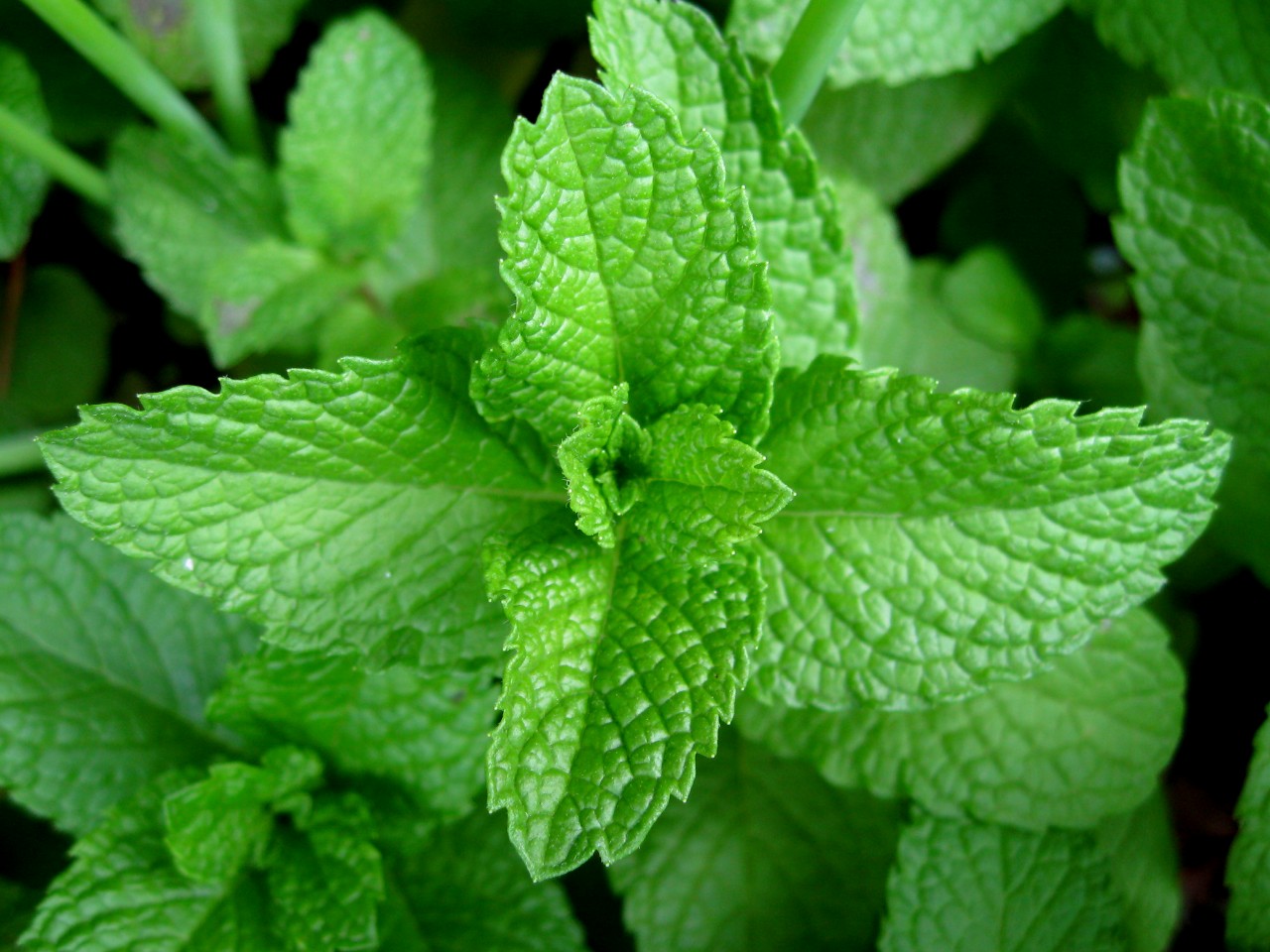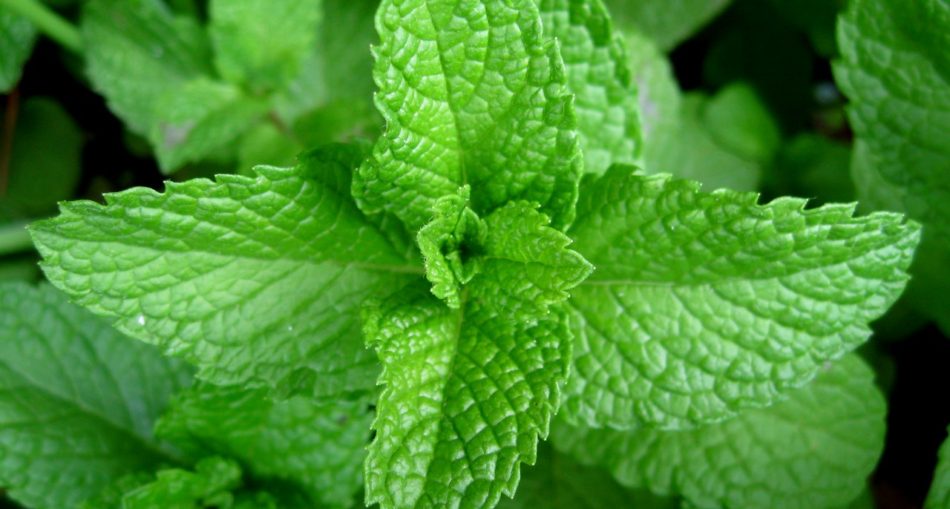The Mint plant is perhaps the most famous plant in the world, known for its refreshing fragrance and numerous health benefits and uses. Mint is a fairly common ingredient in toothpaste and candies. Not only that but Mint adds extra flavour to beverages and foods. The herb is believed to be of Greek origin, named after a pompous nymph.
There are about thirteen to twenty-four (13-24) plant species of the Mentha genus, however, the most popular in Guyana is peppermint (Mentha × piperita), which is grown locally. Other species of the herb include the apple mint, spearmint, orange mint, pineapple mint, and chocolate mint all of which were named after their respective flavours. Read on to find out about the myth of Mint, the many uses and all its health benefits of this fragrant herb.
Mint – Photo By Kham Tran – www.khamtran.com – Own work, CC BY 3.0, https://commons.wikimedia.org/w/index.php?curid=3062200
Origin of Mint
The Mint plant is native to Australia, North America, Southern Africa, and Eurasia. However, they have become naturalized in many temperate and tropical regions including countries like Guyana. The herb is named after Minthe or Menthe, a figure in Greek Mythology.
Greek Mythology of Minthe
According to Greek Mythology, Minthe was a nymph, a beautiful nature spirit living in southern Greece (Mount Mintha in Elis). She was loved by Hades, the Greek God of the Underworld. Minthe proclaimed she was superior to Persephone, Hade’s wife which aggravated the goddess. As a result, the angry goddess transformed the bold nymph to dust. It is believed that from this dust, Hades made the mint plant to grow. Although he was unable to change her back into a nymph, he gave the plant the ability to sweeten and freshen the air, when it leaves and stems were crushed, which is sort of ironic.
Description of Mint
In most cases, Mentha are perennial herbs, meaning they live for a long time. They reach heights of about ten to one hundred twenty (10-120) cm tall. Their underground and aboveground branches are expansive, stretching on for great lengths. Mentha plants have straight, squarish branching stems with leaves growing in opposite pairs. The colour of the leaves depends on the species; there are many colours including a dark, vibrant green, grey-green, purple, blue and even a pale yellow. Typically the flowers range from white to purple and grow in fake whorls. Their corolla is two-lipped and they have four lobes. The fruits of Mentha (Mints) plants are a single nutlet, which contains anywhere from one to four (1-4) seeds. These herbs tend to grow best in moist soils and wet environments.
Scientific Classification Of Mint
- Kingdom: Plantae
- Clade: Tracheophytes
- Clade: Angiosperms
- Clade: Eudicots
- Clade: Asterids
- Order: Lamiales
- Family: Lamiaceae
- Subfamily: Nepetoideae
- Tribe: Mentheae
- Genus: Mentha
Nutritional Information of Mint
Amount per 14 grams of Mint contains approximately:
- Calories: 6
- Fibre: 1 g
- Vitamin A: 12%
- Iron: 9%
- Manganese: 8%
- Folate: 4%
Medicinal Uses of the Mint
- Mentha or more specifically, peppermint is popular in Guyana for treating symptoms of cold and flu. It is believed that the menthol contained is a natural decongestant, which helps to break down mucus and phlegm. While there is no proof that most Mint has any decongestant function, it is known to improve breathing. It helps us to feel we are breathing better, which can provide some relief during colds and flus. The Chinese Peppermint Oil is used for this and is inhaled or diluted with water and drunk.
- When crushed and combined with salt and lukewarm water, Mint can be used as a mouthwash.
- A cup of strong Mint tea reduces pain and can be mixed with spirits and relieve headaches.
- Brewed into tea or eaten as is, the leaves and stems of Mint can give relief to indigestion, irritable bowel syndrome and even gas.
- When combined with coconut oil, crushed Mint leaves can treat insect bites and rashes.
Culinary Uses of the Mentha (Mint)
- Mint is often added to drinks-both alcoholic and non-alcoholic-or brewed into teas because of its refreshing flavour and health benefits.
- Mint is a great addition to most meats, especially poultry. It is a tradition to serve lamb with mint sauce in England.
- The dried Mint leaves can be added to sauces or stews.
- Confectionary and baked goods are sometimes flavoured with Mint extracts.
5 Health Benefits of Mint
- Contains Vitamin A – Surprisingly, Mint is a good source of Vitamin A which is necessary for maintaining good eye health.
- Treats ISB – Menthol in mint is believed to soothe Irritable Bowel Syndrome (IBS) is a common disorder of the digestive which involves, bloating, stomach pain, and bowel issues.
- Relieves indigestion – Peppermint oil, in particular, is known to help food pass more quickly through the stomach.
- May Improve Memory and overall Brain Function– It is believed that the inhaling essential oils from Mentha can improve the function of your brain. A study done showed memory was improved by smelling peppermint oil five minutes prior.
- Helps Bad Breath – For many persons suffering from bad breath, use mint gum or breath mints to get rid of it, but it only masks it for a couple of hours. However, if you chew fresh mint leaves or drink peppermint tea it may kill bacteria, plus mask bad breath.
About Mint
The Mentha genus of plants is famed around the world, the most popular species of which are spearmint and peppermint. Named after the Greek nymph, the fragrant herb is known to refresh and adds dynamic freshness to food and drinks. Peppermint plants are grown locally and used to flavour foods and drinks. In addition, the herb has a number of medicinal uses which includes treating digestive illnesses and the common cold.
Article Reference
- https://guyanachronicle.com/2019/08/25/the-health-benefits-of-mint-and-tulsi/
- https://www.stabroeknews.com/2014/07/06/features/mint/
- https://en.wikipedia.org/wiki/Mentha
- https://www.healthline.com/nutrition/mint-benefits#section2
- https://www.webmd.com/cold-and-flu/qa/how-does-peppermint-help-with-congestion#:~:text=Peppermint%20and%20its%20main%20active,chest%20rubs%20and%20cough%20drops.
- https://www.thespruceeats.com/growing-and-using-mint-427618#:~:text=Mint%20is%20used%20in%20a,cool%20mint%20juleps%20and%20mojitos.
- https://oureverydaylife.com/262064-culinary-uses-of-mint-herbs.html
- https://www.theoi.com/Nymphe/NympheMinthe.html#:~:text=MINTHE%20was%20a%20Naiad%2Dnymph,her%20into%20a%20mint%20plant.







